Laughing Bird Caye National Park is one of the gems in a string of pearls of the Belizean Barrier Reef World Heritage Site.
It is a beautiful little island situated 11 miles off the coast from Placencia Village.
The Caye gets its name from the Laughing Gull, which at one time bred on the Caye. Because of growing human presence, the colonies have moved to nearby undisturbed cayes for breeding.
What makes Laughingbird Caye a good dive site is that it sits on the tail end of a Faro Reef, a geological term that refers to a narrow ridge of coral reef.
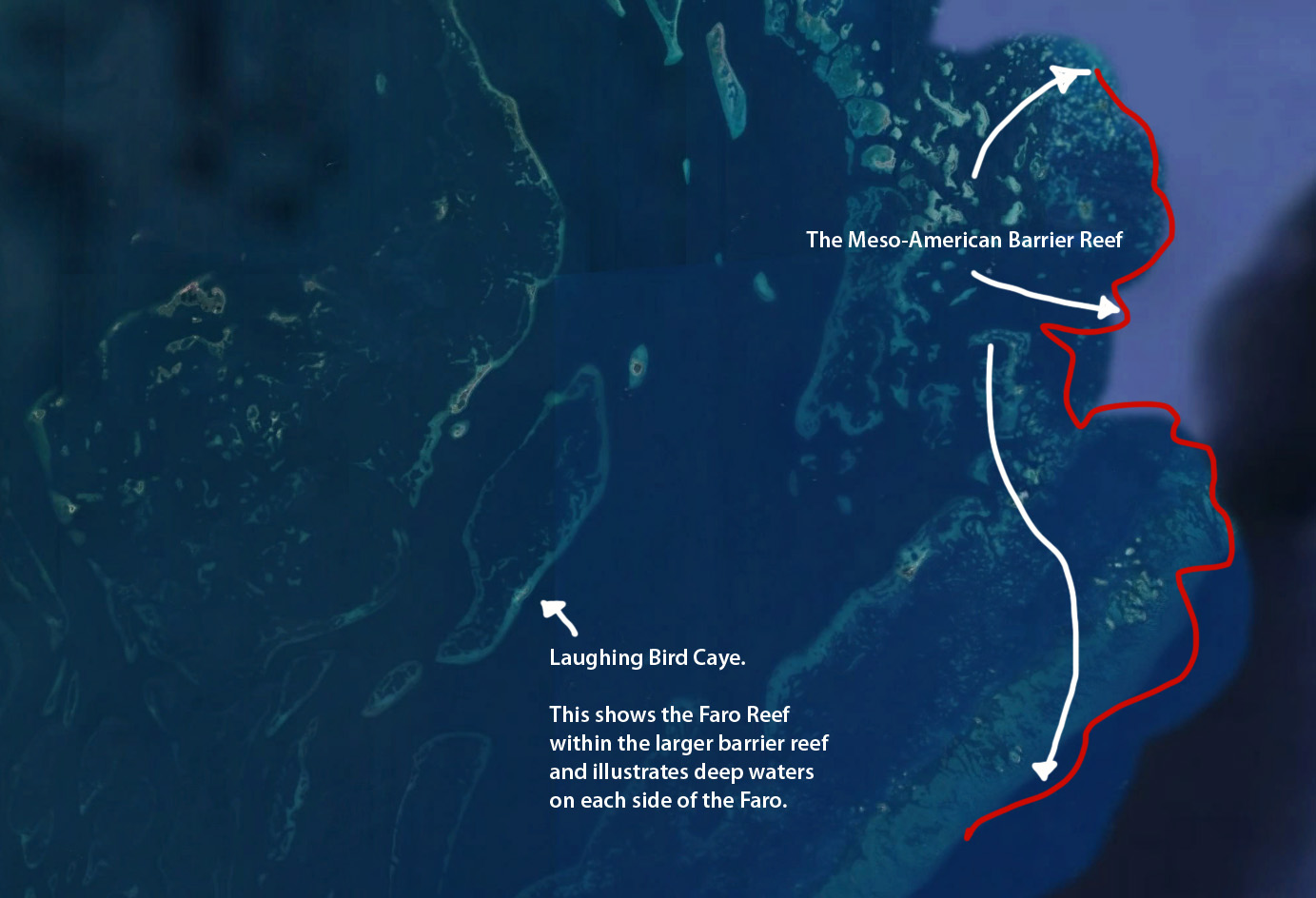 Faro Reefs are formed on the rim or within the interior bank of a major composite atoll or barrier reef, in this case, the Meso-ammerican Reef. They are a second tier Atoll. Because Faros are narrow and usually have steep drop-offs into the surrounding water, they make an ideal environment for experienced divers to explore different marine environments. The faro is surrounded by naturally occurring deep channels that are used by marine life to navigate from one part of the reef to the other, such as Whale Sharks, as an example.
Faro Reefs are formed on the rim or within the interior bank of a major composite atoll or barrier reef, in this case, the Meso-ammerican Reef. They are a second tier Atoll. Because Faros are narrow and usually have steep drop-offs into the surrounding water, they make an ideal environment for experienced divers to explore different marine environments. The faro is surrounded by naturally occurring deep channels that are used by marine life to navigate from one part of the reef to the other, such as Whale Sharks, as an example.
Due to the uniqueness of Laughing Bird Caye, the Faro, and the diverse marine habitats and life, the Laughing Bird was declared a protected area in 1981 under the National Parks System Act. On December 21st, 1991, Laughing Bird Caye National Park was declared and in 1996, the Belize Barrier Reef Reserve System was inscribed on the World Heritage List with Laughing Bird Caye National Park designated as one of the premiere protected areas within the World Heritage Site.
On approach, Laughing Bird Caye is breathtaking: A narrow island, lined with palm trees, with a single thatch hut where a resident park ranger awaits to inform visitors.
I often taught at Laughing Bird over the four year period we were in Belize and really loved the simple dive I outlined in the photo above. I could do this same dive over and over every week and never lose interest. This shallow dive site offered a vibrant coral garden teeming with small reef fish, lobsters, sea turtles and eagle rays. The visibility was excellent, often exceeding 30 meters and the calm waters and gentle currents make it an ideal dive for divers of various skill levels.
When leading this particular dive, we would do a back roll off the boat in about 20 feet of water and meet on the sandy bottom before heading east and downwards. As we descended, the coral outcropping stayed just below the surface so the deeper we went, the more coral reef we could explore.
On the reef, there was always a profusion of tropical sea life – Parrotfish, Spotted Drumfish, French Grunts, spotted Trunkfish, Queen Angelfish, Trumpetfish, Yellowtail Snapper, Blue Chromis and Sea Cucumbers plus there were the big guys, Nurse Sharks, Barracudas, Eagle Rays and turtles, although turtles tended to stay further offshore.
There are also over many different types of corals, soft and hard, on the reefs here and include lettuce coral, brain coral, elkhorn coral, staghorn coral, star coral, fire coral, maze coral mixed in with the sea fans, sea whips and sea plumes.
We rarely went below 55 feet on this dive and my preference was always to follow the coral northwards before heading up into the shallows at about 35 minutes to prolong the dive and reduce the need to do a safety stop. That way, we could slow down for the last portion of our dives and enjoy the shallows.
Most days, we would come head to shore for lunch then do a second dive somewhere else on the reef.

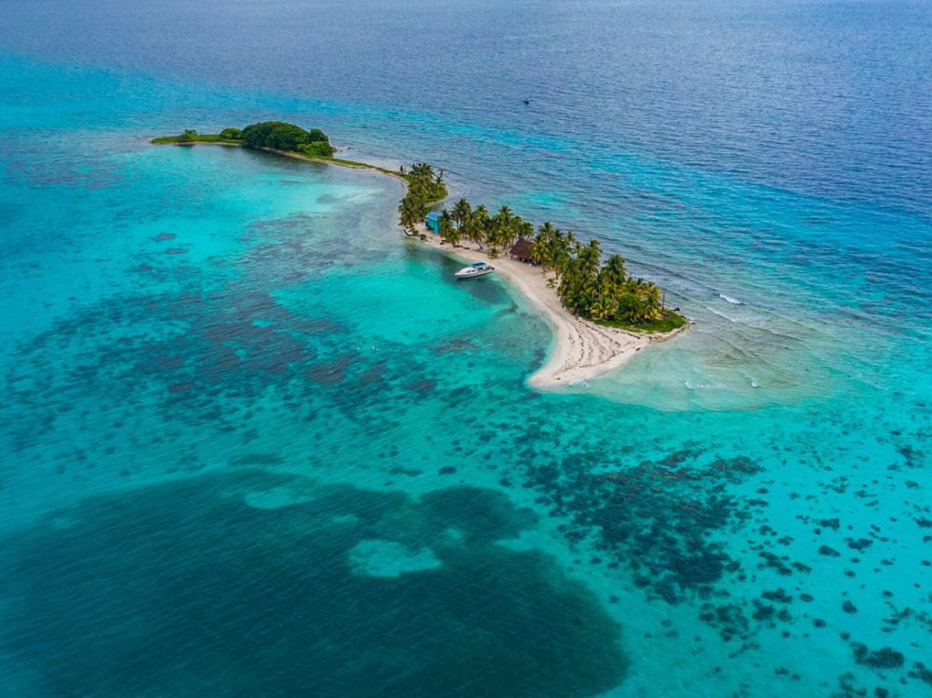
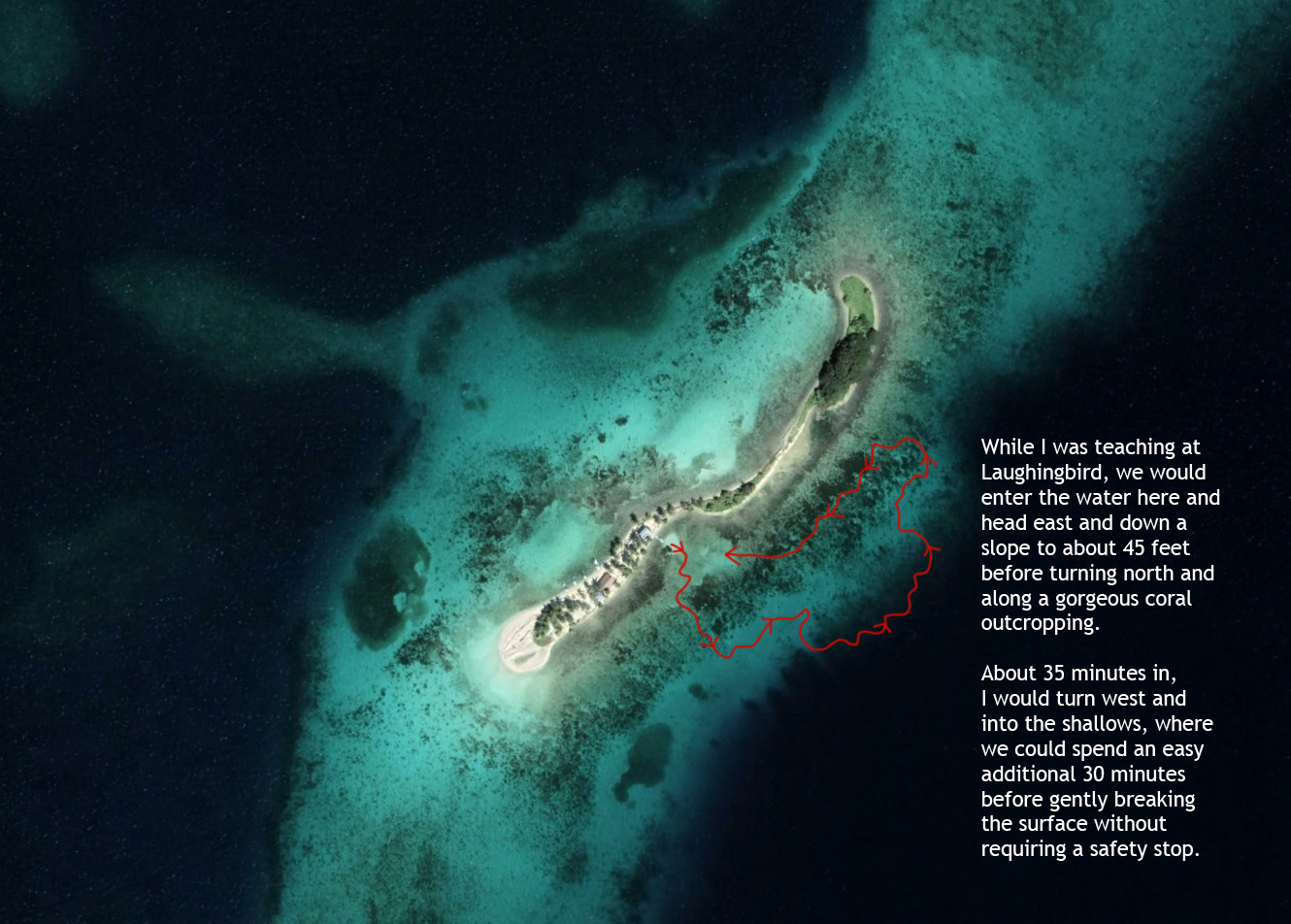
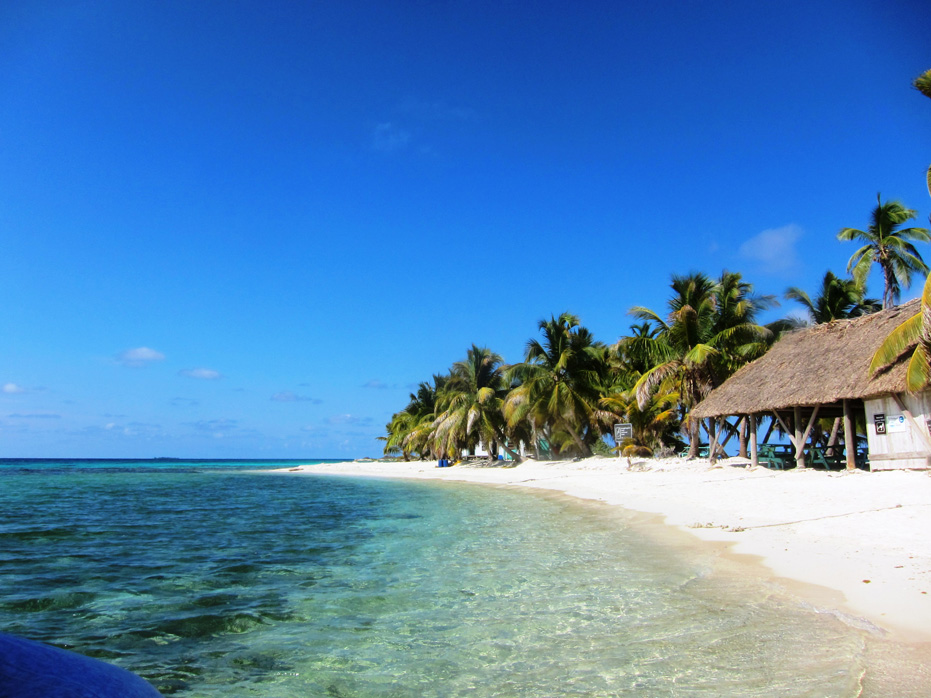
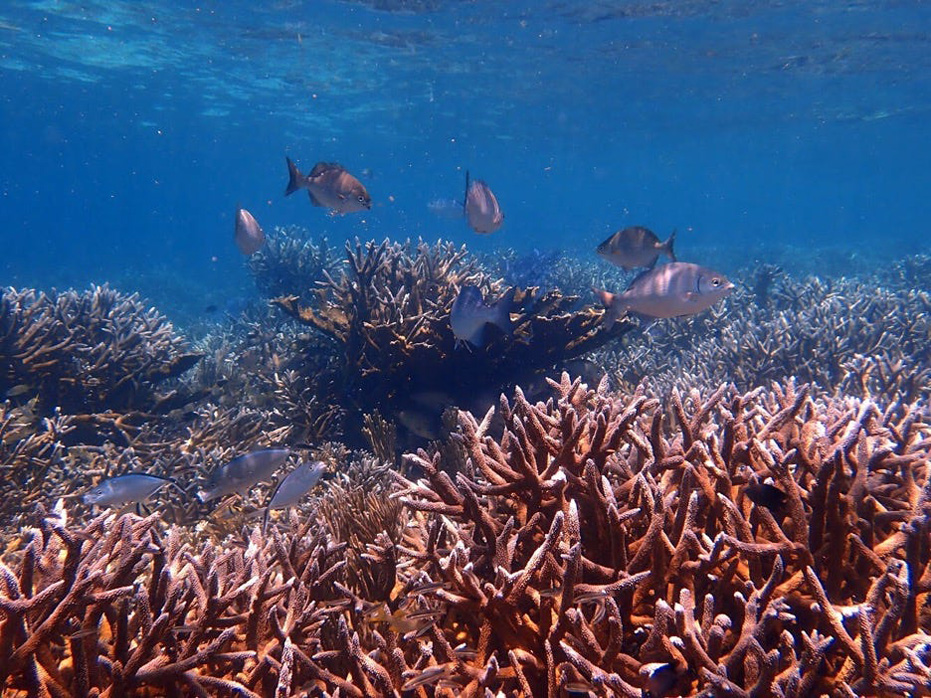
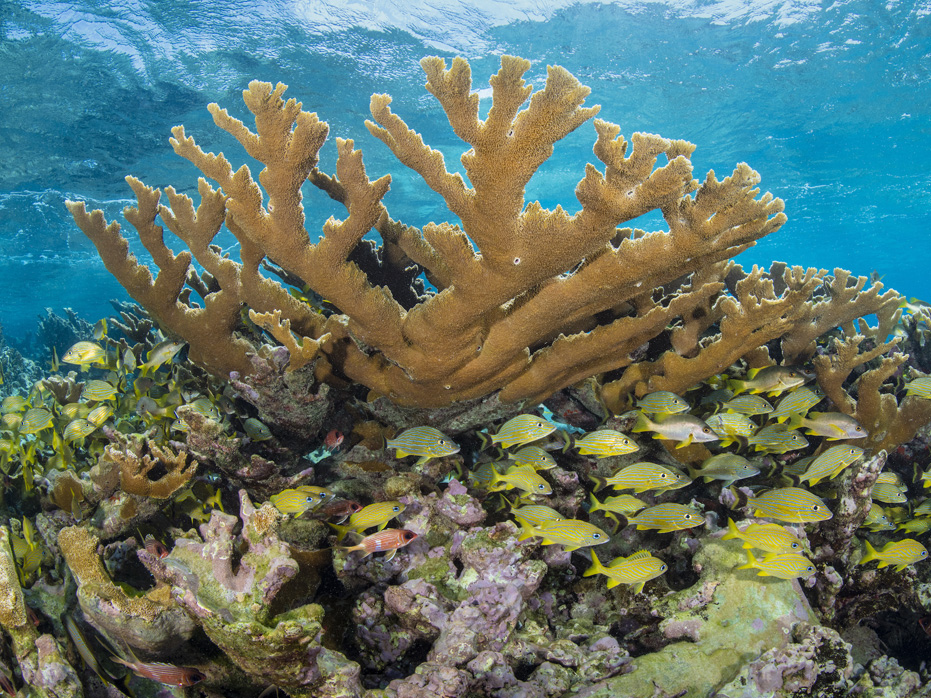
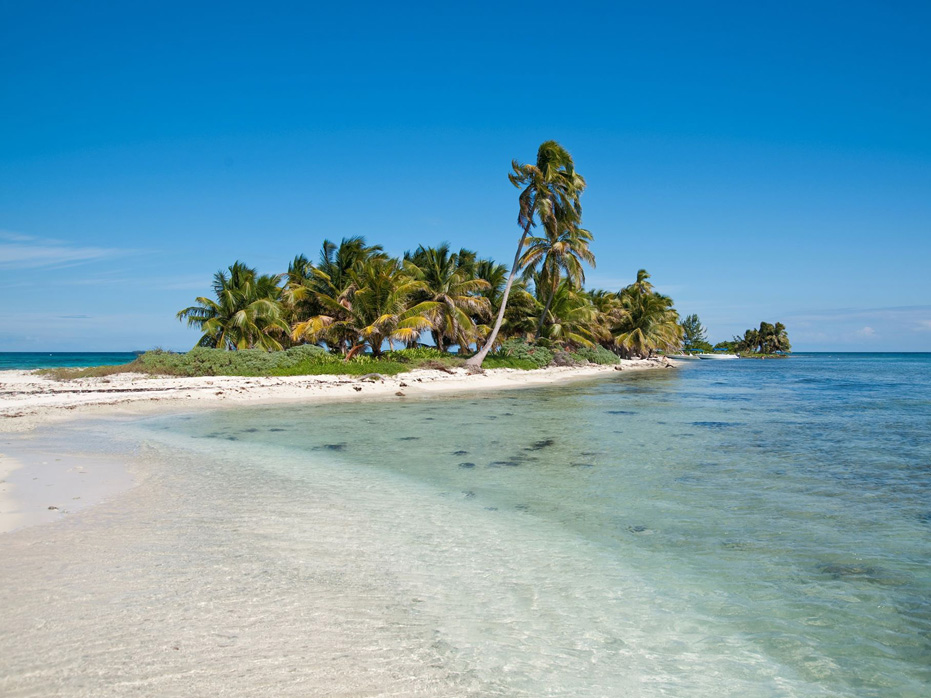
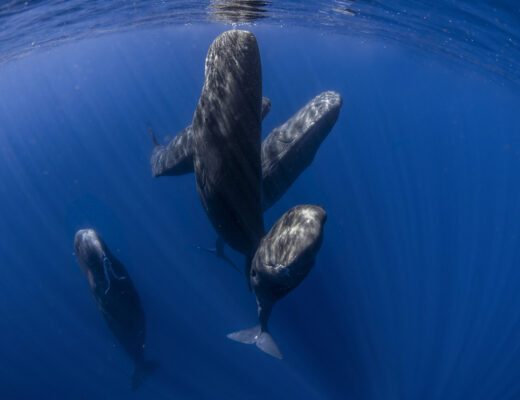
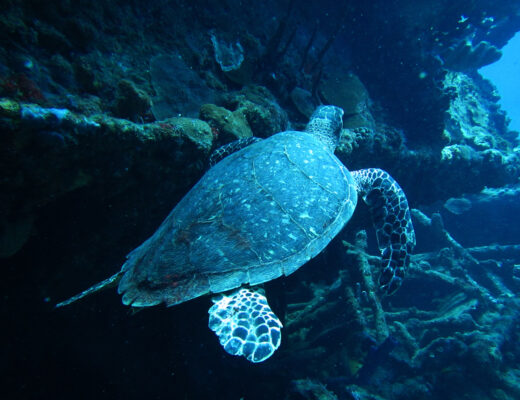
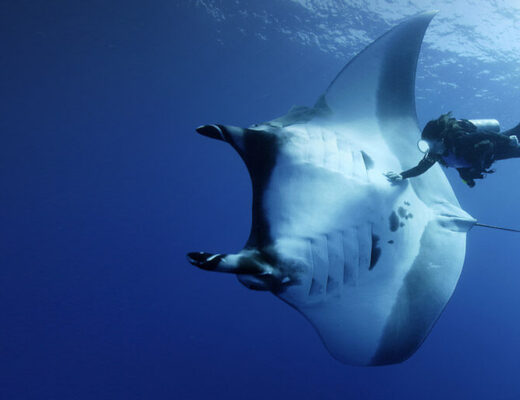
No Comments